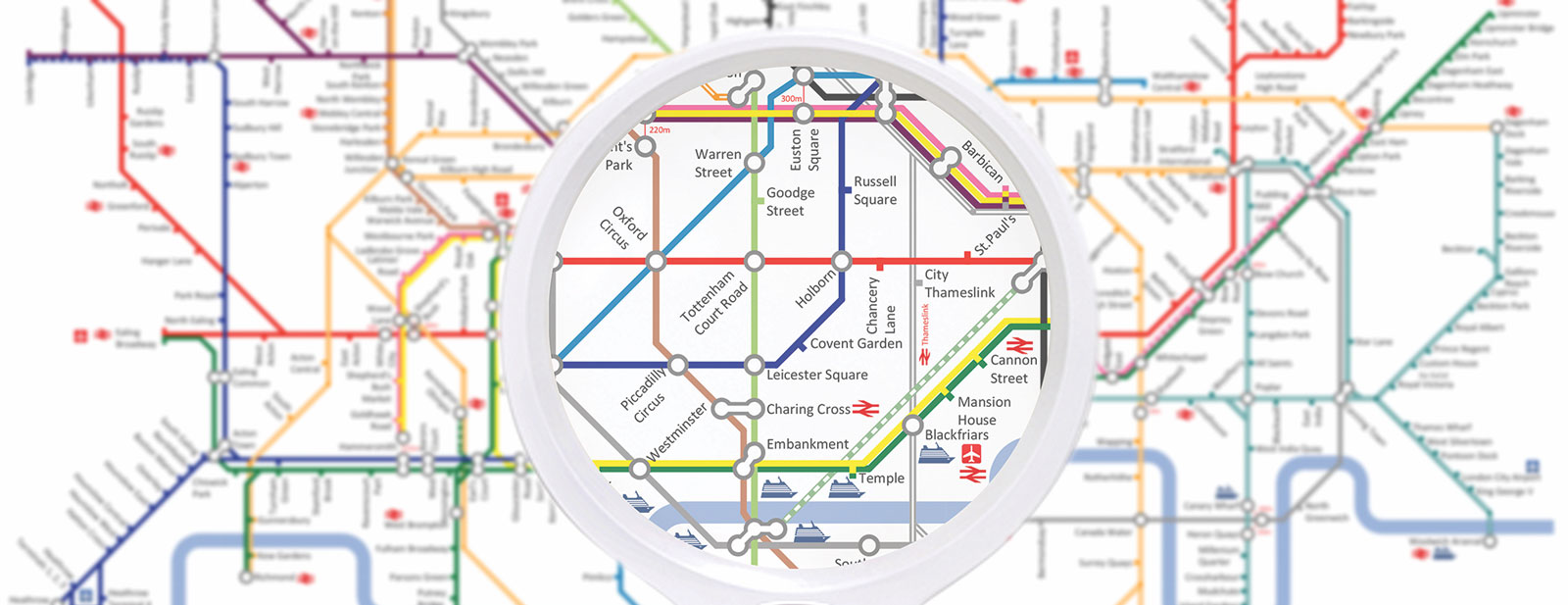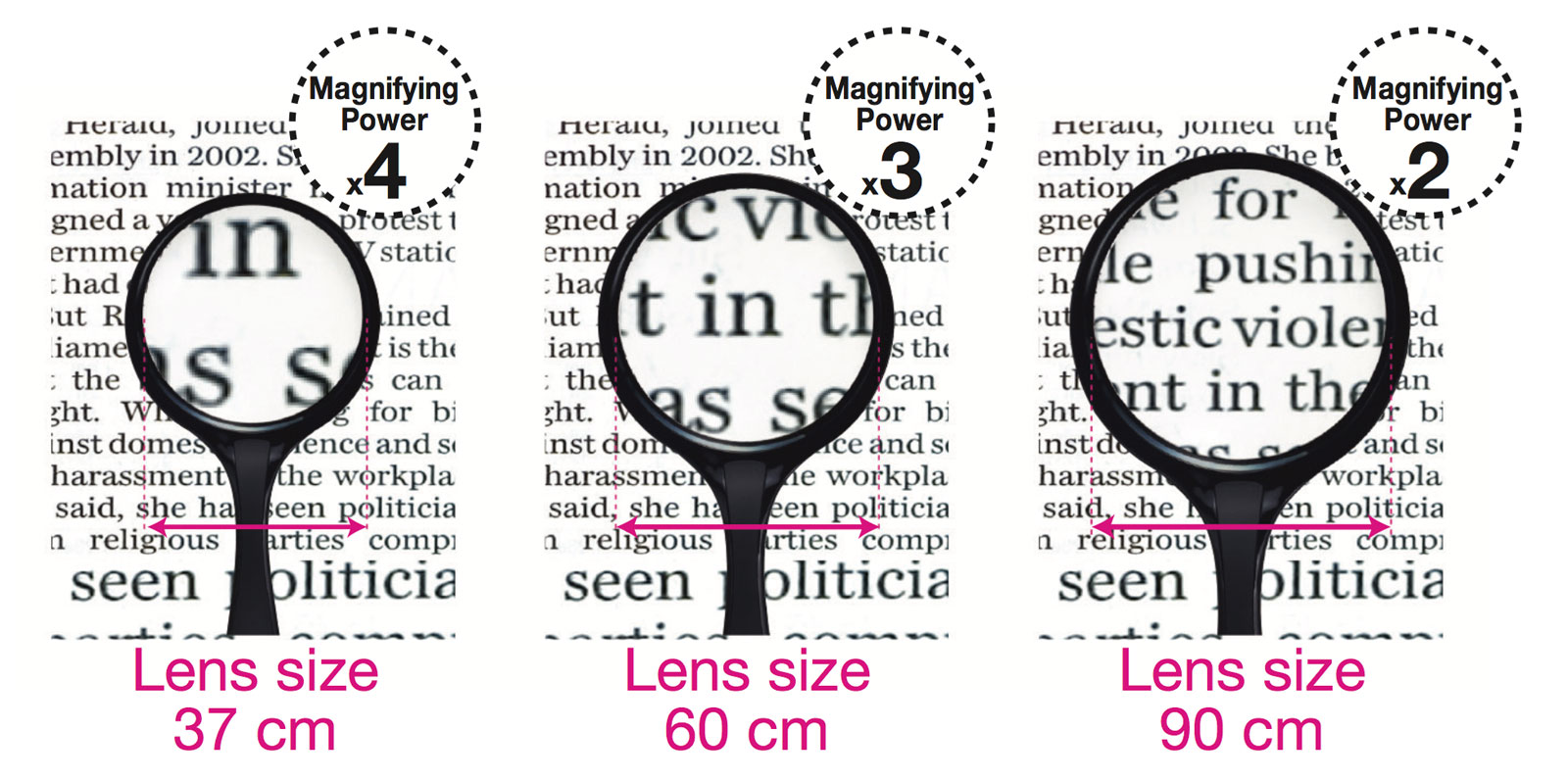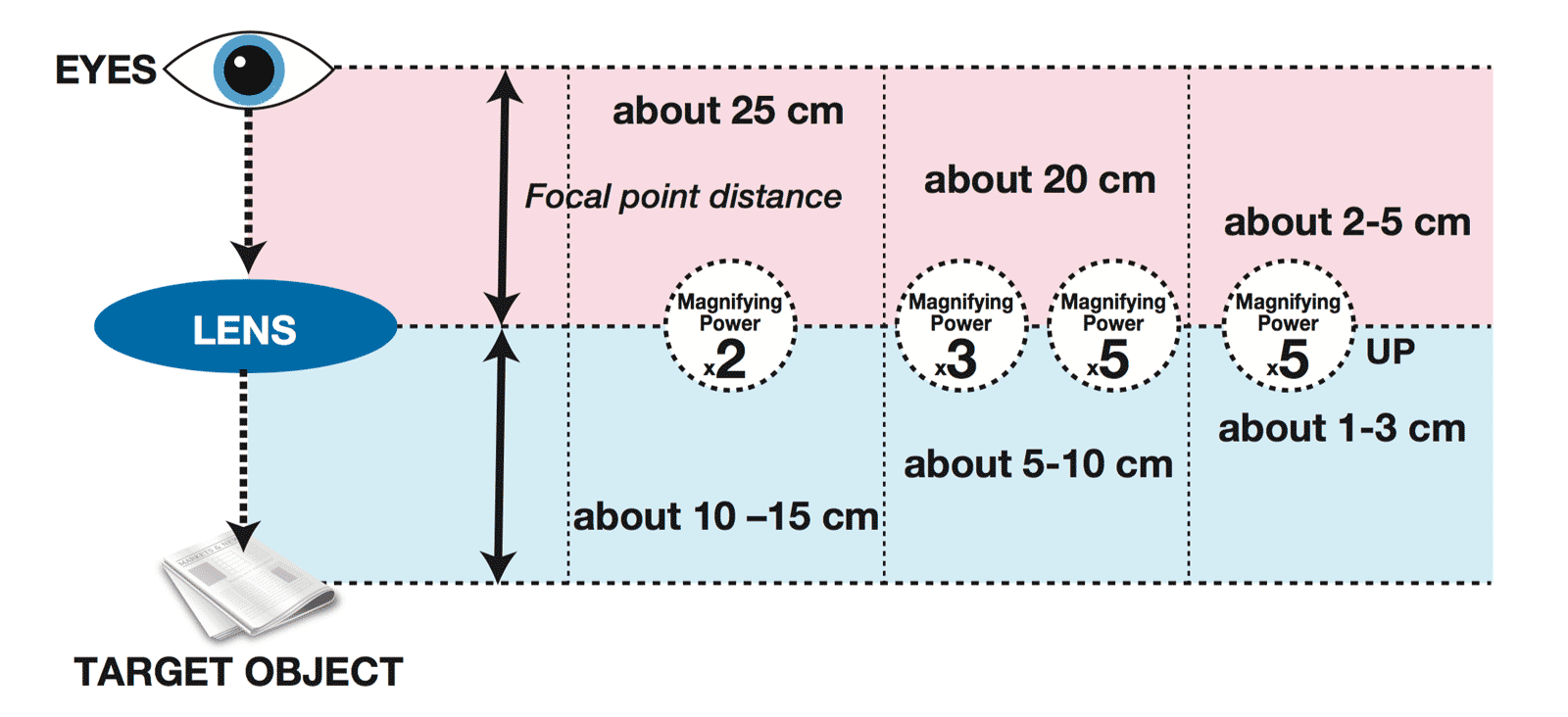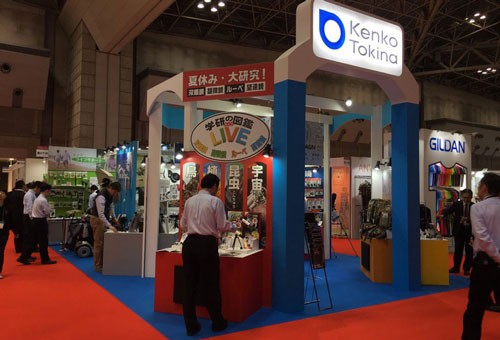A simple design characterized by a black and white two-tone anti-slip material handle. For reading newspapers and magazines for a long time with a large 75mm field of vision and low 2x magnification that will not strain your eyes or to read the small characters of a map with the 3.5x small bead.
High magnification power small bead
Provided with a high magnifying power small bead, reading will be even easier.

Anti-slip handle
The black part of the handle makes use of materials that prevent your hand from slipping, and has been devised to offer an easy and comfortable grip.
For long reading sessions
With its low 2x magnification power and its large 75mm field of view, you will not suffer from eyestrain even after a long period of usage.
How to choose loupes
Some important points to consider when you choose your loupe or magnifying glass are the size and the magnifying power. As the range of vision gets wider and the magnifying power lower, the burden on your eyes will be lighter, too. For example, if you read a newspaper for a long time, a loupe or magnifying glass with a diameter wider than 75mm and a magnifying power range of 2-3° will be the best solution. On the other side, if you need to read a letter about 2mm small, a loupe or magnifying glass with a 40-60mm diameter and a magnifying power range of 2-5° will be a good choice. In case your target is a small object, we suggest you a loupe or magnifying glass with a high magnifying power. For a short time reading it will not cause any eyestrain, while we suggest you to use a lens with a lower magnifying power and a large diameter if you need to read for a long time.

How loupes work
The way you will see your target object depends on the magnification power and the diameter of the lens.
The extent of what you can see gets wider with a lens in a bigger size. Moreover, the lower the magnification power is, the wider the field of vision gets. This will also grant you a lower risk of eyestrain.

How to use loupes
While using a loupe or magnifying glass, the in-out focus distance differs according to the magnifying power. Please try to find a proper position while regulating the distance by consulting the following scheme.

* The above scheme shows the usage in standard conditions. It may differ depending on your eyesight, especially in case glasses are required.





